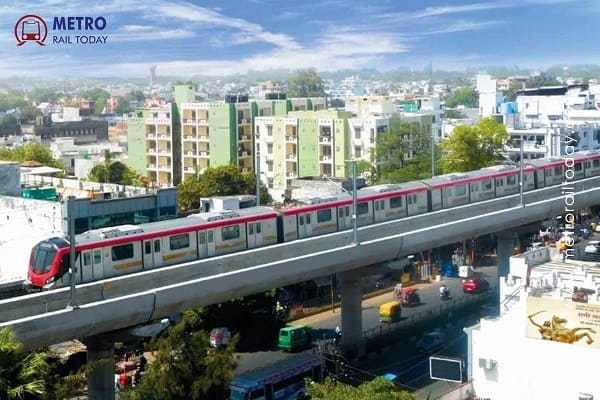 Lucknow Metro: Know 8 Civil Engineering Marvels That Blend Modernity with Heritage
Lucknow Metro: Know 8 Civil Engineering Marvels That Blend Modernity with Heritage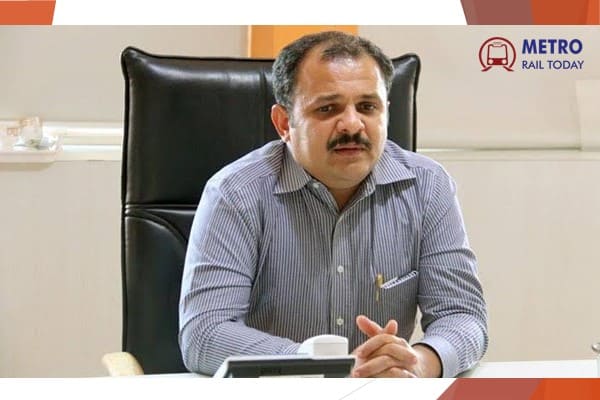 Maha Metro’s Bold Vision: Shravan Hardikar on redefining Urban Mobility in Pune, Nagpur and Thane
Maha Metro’s Bold Vision: Shravan Hardikar on redefining Urban Mobility in Pune, Nagpur and Thane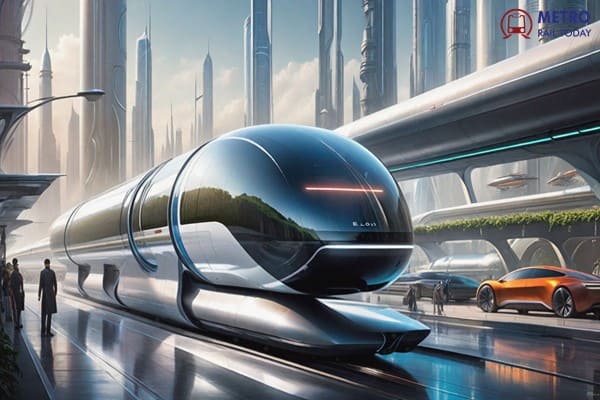 TuTr Hyperloop and IPRCL sign MoU to reinvent Cargo movement at Indian Ports
TuTr Hyperloop and IPRCL sign MoU to reinvent Cargo movement at Indian Ports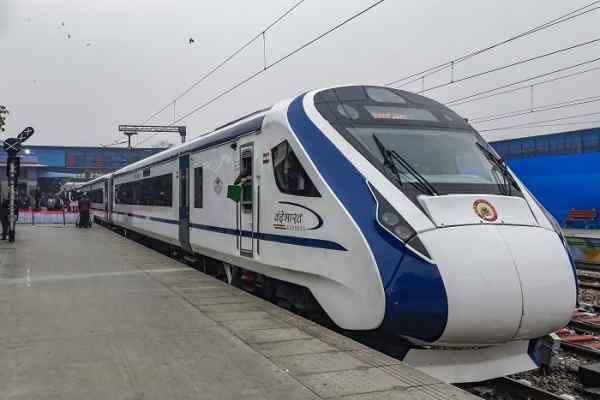 BHEL bags First Order to install KAVACH Train Protection System for Indian Railways
BHEL bags First Order to install KAVACH Train Protection System for Indian Railways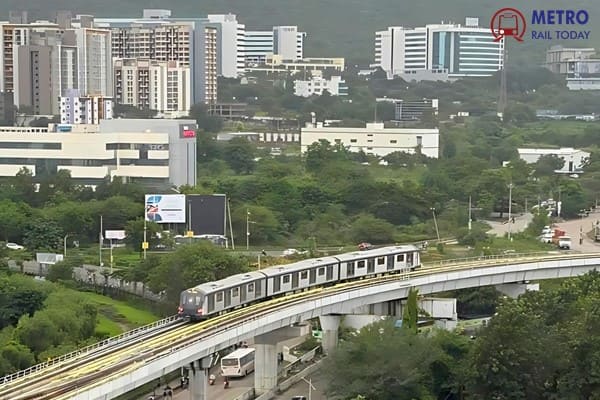 Chandigarh Metro cost jumps to ₹25,000 crore amid project execution delays
Chandigarh Metro cost jumps to ₹25,000 crore amid project execution delays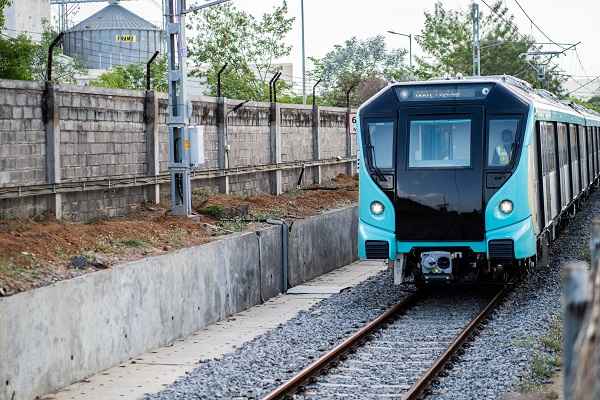 MMRC set to launch final stretch of Mumbai Metro Line 3 (Aqua Line) on September 30
MMRC set to launch final stretch of Mumbai Metro Line 3 (Aqua Line) on September 30 CMRS conducts safety inspection of priority section of Patna Metro Rail Project
CMRS conducts safety inspection of priority section of Patna Metro Rail Project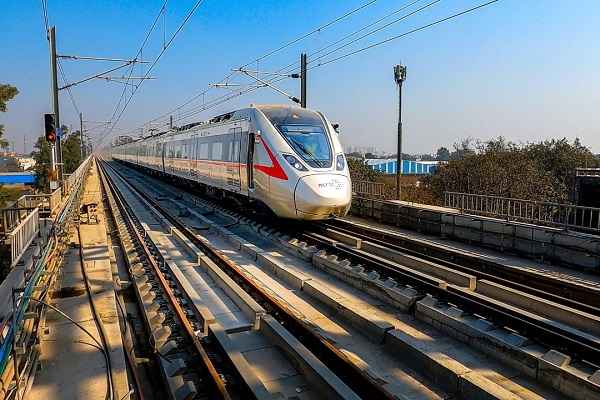 NCRTC completes geotechnical survey for ₹15,000 Cr Gurugram–Greater Noida RRTS Corridor
NCRTC completes geotechnical survey for ₹15,000 Cr Gurugram–Greater Noida RRTS Corridor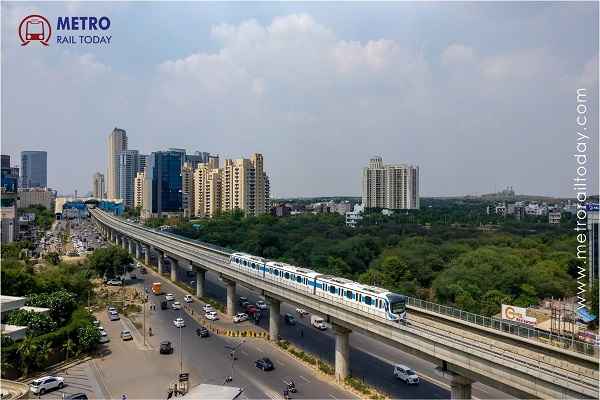 GMRL to take over Gurugram Rapid Metro Operations from DMRC
GMRL to take over Gurugram Rapid Metro Operations from DMRC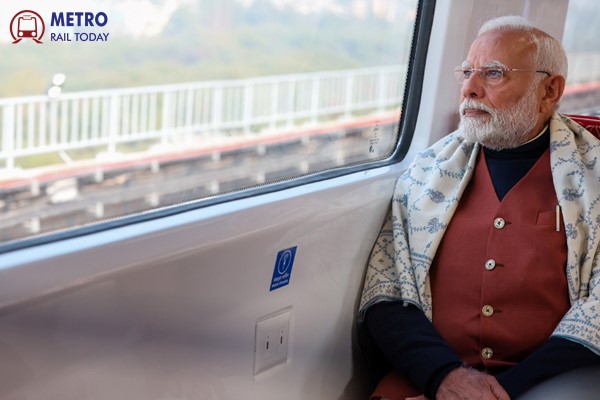 Under Narendra Modi's Leadership: The Transformative Journey of India's Metro and Rail Network
Under Narendra Modi's Leadership: The Transformative Journey of India's Metro and Rail Network
Lucknow Metro: Know 8 Civil Engineering Marvels That Blend Modernity with Heritage

As Lucknow Metro completes eight transformative years of operation, it stands tall as a shining example of how world-class urban transport infrastructure can be built without compromising the soul of a historic city. Since its inception in 2017, the Lucknow Metro has not only revolutionized the city’s commute but also set remarkable benchmarks in civil engineering, urban planning, and heritage conservation.
“Lucknow Metro is not just a mode of transport – it is a civil marvel that showcases how engineering brilliance can be harmoniously blended with heritage. These 8 years reflect our unwavering commitment to engineering excellence, innovation, and public service,” said Shri Sushil Kumar, Managing Director, UPMRC.
The Lucknow Metro Rail Project, implemented by Uttar Pradesh Metro Rail Corporation (UPMRC), formerly known as Lucknow Metro Rail Corporation (LMRC), is a story of engineering resilience, innovation, and urban sensitivity. From constructing over 13.5 km of underground metro tracks to building complex elevated spans over rivers, railways, and bustling roads, the project continues to earn acclaim for civil engineering excellence.
Engineering Feats That Redefined Urban Infrastructure in India
1. Balanced Cantilever Bridge over Mawaiya Railway Crossing
At Mawaiya Railway Crossing, UPMRC executed one of its most challenging structural engineering feats—a 255-meter-long balanced cantilever bridge comprising a 105-meter central span and two 75-meter end spans. What makes this achievement phenomenal is its execution 21.5 meters above ground, directly above live railway tracks and high-voltage overhead electrification (OHE) lines.
The project was completed without disrupting train operations for even a single day, showcasing meticulous planning, advanced engineering, and flawless execution in a high-risk, high-traffic environment.
2. S-Curve Bridge Over River Gomti
Another iconic structure is the 177-meter-long balanced cantilever bridge over the Gomti River. Constructed on a challenging S-curve alignment, the bridge stands 13 meters above the riverbed, with an 85-meter central span unsupported by any pillar in the river.
Building over soft terrain and maintaining structural stability without disturbing the ecosystem or cityscape required groundbreaking engineering methodologies. The bridge now serves as a crucial link, connecting key regions across the river and improving the city’s metro connectivity.
3. Iconic Steel Span at Awadh Chauraha
At the culturally significant Awadh Chauraha, UPMRC launched a 60-meter steel span bridge 13 meters above the ground. This unique structure was carefully designed to preserve the historic statue at the center of the rotary.
Despite the complexity, not a single day of traffic disruption was recorded, setting a benchmark for urban construction in live traffic zones.
4. 60-Meter Steel Span near Nishatganj Over Railway Line
A similar engineering challenge was conquered near Nishatganj, where a 60-meter special steel span was erected over an active mainline railway within just five days. This was achieved without affecting railway operations or vehicular traffic on the adjacent bridge.
5. Tunneling Under Haider Canal Between Hussainganj and Charbagh
Constructing a tunnel between Hussainganj and Charbagh under the Haider Canal stands out as a particularly delicate engineering accomplishment. With a clearance of just 1–1.5 meters below the canal bed, far less than the standard 8–10 meters, the risk of collapse was significant.
Despite fragile surroundings and densely packed residential structures, the tunneling was completed without disturbing the canal or endangering nearby buildings—a testament to UPMRC’s technical expertise and caution.
6. Underground Corridor Through Hazratganj
Navigating beneath Hazratganj, Lucknow’s historic and commercial heart, was one of the most complex undertakings of the metro project. Home to century-old heritage buildings and underground utilities, tunneling here required surgical precision and real-time monitoring.
The successful completion of this section redefined urban tunneling standards in heritage zones across India.
7. Tunneling Under Sachivalaya and Vidhan Sabha
Tunneling under Sachivalaya, the state government’s administrative complex that includes the Vidhan Sabha, demanded zero surface disruption and uninterrupted government functioning. Using state-of-the-art Tunnel Boring Machines (TBMs), the UPMRC team ensured seamless tunneling with the highest safety and precision standards.
8. Fastest Underground Station in India – CCS Airport Station
The CCS Airport Metro Station achieved a place in the LIMCA Book of Records for being India’s fastest constructed underground metro station, completed in just 19 months and 10 days.
Recognitions and Accolades
For its extraordinary civil engineering practices, Lucknow Metro was honored with the prestigious Urban Infra Business Leadership Award in 2024. The award recognized UPMRC's commitment to quality construction, safety standards, and timely project delivery.
Impact: Over 13 Crore Passengers and Counting
Since its launch in 2017, over 13 crore commuters have chosen Lucknow Metro as their preferred mode of transport. The metro has significantly reduced traffic congestion, pollution levels, and travel time in the city.
Looking Ahead: East-West Corridor to Redefine Urban Mobility
Building on its success, UPMRC is set to launch the East-West Corridor, recently approved and stretching from Charbagh to Vasant Kunj. This corridor will pass through densely populated localities like Aminabad, Chowk, Medical College, Balaganj, and Thakurganj, promising better connectivity and infrastructure for old Lucknow.
The construction of this corridor will once again rely on technologically advanced, geo-sensitive civil methodologies, ensuring minimal disruption while delivering maximum impact.
As Lucknow Metro marks its eighth anniversary, it not only commemorates a successful operational journey but also celebrates the engineering triumphs that have made it an inspiration for metro rail projects across India. With civil marvels constructed under extreme constraints and a passenger-first approach, the project reflects a harmonious blend of innovation, sustainability, heritage, and progress.




